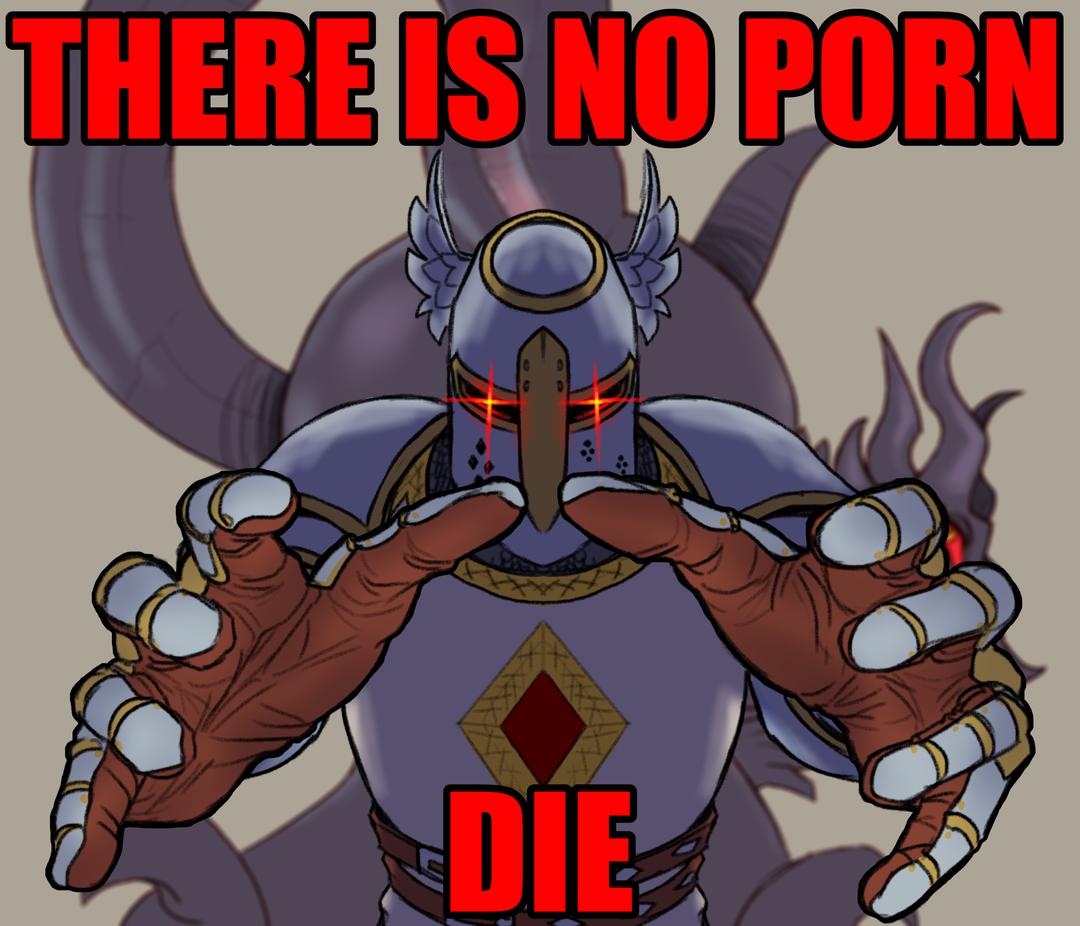Because it is how we see prices. It takes a bit of effort to see it as 20.
This is locally grown artisanal bullshit, it’s actually $300, please tip.
please tip
I’ve actually started carrying cash again for the first time in 20 years because I’m sick of every fucking POS machine in the world asking for tips. Yes, I can choose not to tip, but there’s an emotional cost associated with that decision. There’s a cost associated with just seeing the option instead of being able to simply pay for my item and go about my day.
But you get a penny back, isn’t that great?
Jokes on you. We have sales tax.
It’s so annoying that stuff always comes out to like .04¢ over the dollar, so now I have to carry 96 cents around all day.
I’m so glad coinstar bribed like 4 senators 30 years ago so we still have these gross metal circles everywhere.
I still don’t get why you guys have that and not the business.
It’s basically for the same reason stores charge $19.99 instead of $20.
Sellers are responsible for it. They just don’t include it in the advertised pricing, they could if they wanted to.
Most people are idiots most of the time.
Some people are idiots some of the time.
No one is never an idiot.
Can confirm. I’m idiot most of the time
Wasn’t that originally to sell newspaper?
I thought it was a trick by sign writers who charge by the letter.
It was originally to force the cashier to open the till.
Say an item was $20. If the customer paid with a $20 note, then the cashier could, intheory, pocket it, without it showing up on the rocords. If it was $19.99 they needed to open the till to get a cent out. This meant it was recorded, and so the till wouldn’t balance.
correct answer (as far as my opinion is concerned without doing any actual research)
To be fair, my research is decades old at this point.
I appreciate that you recognise the pitfalls here.
In don’t think you’re wrong at all, and I’m sure as shit not putting in the effort to figure out if you’re right or wrong, but if someone comes along with better/newer info, you have already recognized that the info you have might be outdated.
Kudos.
deleted by creator
Honestly, however much I want to pretend to be better than that, I think it does work on me. Obviously not on a conscious level, I know how numbers work, but some part of my monkey brain sees the 1 instead of the 2 and therefore concludes that it must be way cheaper. It’s a feeling that no amount of facts is going to disable. And in the end many purchasing decisions aren’t based on a full analysis but on feelings.
People suck at math and this is how they confuse people into not caring what the actual price becomes when they have to add multiple items together.
What’s 19.99 + 21.75 + 4.99 + 3.99 + 1.99? Can the common person do that math in their head while grocery shopping? What about adding the tax to that total? Not a chance.
Most people probably don’t even know what the sales tax is in their own state.
your price tags show the price before tax? that’s fucked up
The major reason given is that taxes vary so much in the US by location that it would be onerous for businesses with locations in different areas to print different price tags and advertise prices broadly.
It’s even an issue online because, until you enter your address, the online retailer has no clue what your tax rate will be, and they have to assess tax based on the purchaser’s location. Postal code isn’t always enough, as they can be shared by different cities with different tax rates.
Some areas also vary tax by date (tax free holidays), though I don’t think consumers would care if their total ended up being cheaper than they thought.
A national standard VAT would be the only way businesses might start including tax in price, but there’s no way to do that without a constitutional amendment. States have the power to tax, and they’re not going to stop now even if they receive VAT revenues.
In some countries like India they have GST (Goods & service tax) which is applicable all over India. It was implemented in 2017 and has unified the indirect tax system across the country. This means that the same tax is levied on goods and services irrespective of the state or territory in India. Most items have 18% GST and the price tag always shows tax included, which is convenient for buyers.
It’s bullshit because every location prints their own price tags lol.
And then calculates tax right at the register. They have everything they need to do it, it’d hurt their bottom line and be consumer friendly so they don’t.
Most people dont just round up after seeing the price?
No, most people just give up after seeing the price.
All the people i saw either rounded up or rounded down by mistake and then rounding up
No. Most people round to the nearest whole number and often just pick a direction to round.
Since no one does math in their head anymore the total is always more than they expected. No calculators on shopping carts anymore either.
Most people round down. Their brain locks on to the 1 of 19.99, and approximates it to 10.00. We need to actively counter this to see it as 20.00. It’s a skill most people don’t apply all the time, and a number can’t even do.
Once you can do it reliably, it’s mind-boggling that others can’t, but it’s still a learnt skill, that needs to be applied.
Most of the people i saw round down notice that and then round up
It’s a subconscious thing. It’s how our brain is wired. It’s a bit like advertising. Most people don’t like ads. However, when confronted my 2 similar products, we will go with the familiar one. The source of that familiarity is irrelevant, ads make it familiar, just the same as using it, or a recommendation.
It’s possible to override both of these effects, but that requires a level of conscious effort. I can almost guarantee you’ve been caught by both at different times. You just didn’t notice (since noticing would allow you to correct).
Basically, $19.99 is in the category “under $20”. $20.00 is in “over $20”. Without conscious correction, you act on this.
Most people round down
Source?
Some slight ramdom paper reading, back in my uni days. Though I’ve ran across it via other sources over the years since. Unfortunately I don’t have any links to hand though.
It might better be described as people put numbers into categories. Most people have a 10-20 category. 19.99 fits. 20.00 gets bumped up to the next box. It’s a sub/semi conscious thing. If we use our higher thought process, we can deal with the numbers. That takes effort however, by default, we chunk. The price just abuses a common rollover point most people share.
So, no source do the actual research backing your claims?
Where is your thesis with references?
You do realise that it is a claim which needs to be proven, not the other way around, right?
Weirdly, my brain went through those numbers as “20, 22, 5, 3, 2.”
How is that “weird”? That’s just good numeracy.
I got through a bunch of them fine, then the $3.99 tripped me up.
Ha! That’s what they want.
Now add the sales tax. And don’t forget about bag fees and to tip Tippy.
We don’t have any of those things here.
So they did get you at 3.99 -> 3!
Maybe because your brain wanted 5+3+2=10 instead of 5+4+2=11 ?
20+22+5+3=50 vs 20+22+5+4=51, since I was going left to right, but it works.
It doesn’t take much to convince the people in charge they’re right. Usually the amount is minimum wage.
This is one of those things that makes me feel the slightest bit more agitated and cynical towards people and society. We all know it’s manipulative, and that should be enough reason not to do it. So why does everyone who runs a business do it? Like yeah it does work, but is it really worth subtly eroding your own customer’s trust in you? There’s an invisible cost of goodwill here.
But $999 is much lesser than a grand
Are you choosing to go to the store that does $20 instead of $19.99?
Does that store exist?
It’s more that the customer refuses to buy the $20 item but at 19.99 it seems just a little more attainable.
That is a fair point. But then again, I don’t even remember the last time I was in a store that had honest prices.
I remember that for a time, JC Penney focused on honest pricing and abandoned common predatory prices. They came close to bankruptcy and went back to their old ways. The psychology of feeling like we got a good deal is so ingrained into most people that it becomes difficult to run a business without those things
I doubt it works on me. I have bought smaller items due to doing the per unit price in my head (don’t trust what they put there and two often then apples and organges the units) or completely not bought something or bought some alternative (potatoes instead of bread or rice instead of potatoes).
I just wished it was mandated to list prices to include all the taxes along with it. Whether it says $19.99 or $20 still isn’t the actual price.
Recently had the worst of this. Was craving chocolate milk, find a nice size bottle of it for $3. Get to register. $6.63 total price because the glass bottle had over a $3 deposit.
I just wished it was mandated to list prices to include all the taxes along with it.
It is, in the EU.
Unfortunately taxes aren’t uniform across a metro area or even within a city.
Yeah, and? That doesn’t stop the individual stores from already calculating the taxes you’re going to pay at that location and putting that price on the labels on their own shelves.
Because when they advertise, those advertisements cover a larger area.
I’d rather advisements list the highest price for the area they cover than have false advertising with the prices at the store.
Then leave the advertisement alone. They still print the prices on tags at each store location.
Let them send out flyers saying item A is $20 *plus local taxes but when you get to the store the pricetag on the shelf should say $23.50 or whatever the markup ends up being at that location.
The owners of the legislature don’t want that, so it won’t get done.
The government doesn’t work for you, it works at the behest of those that have long since paid for the “elected” representatives.
Those people own companies that profit from all the misleading prices and adverts. They don’t have any interest in changing that.
Hey everything on steam is the listed price if ya live in California. We dont have a digital sales tax, which is weird.
Right? Of all the states California is the one with no tax? Even Texas has that shit.
If I had to guess its probably because the stste was kinda in a weird place when digital products were first becoming a thing so it was never implemented, and now nobody cares enough to try.
Then let’s stop talking about it 👀
I generally round up to nearest bigger number or close to that. $19.99 is $20. $23.99 would probably be $25. $180 would just be $200.
No real rhyme or reason, just the bigger the number the more I fudge the “real” price upwards thanks to sales tax and a “can I really afford this?” factor.
“Keep the change”



















